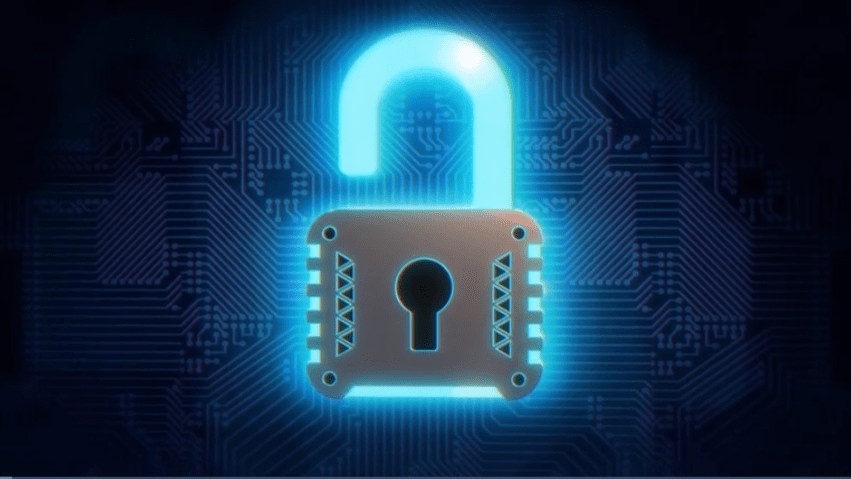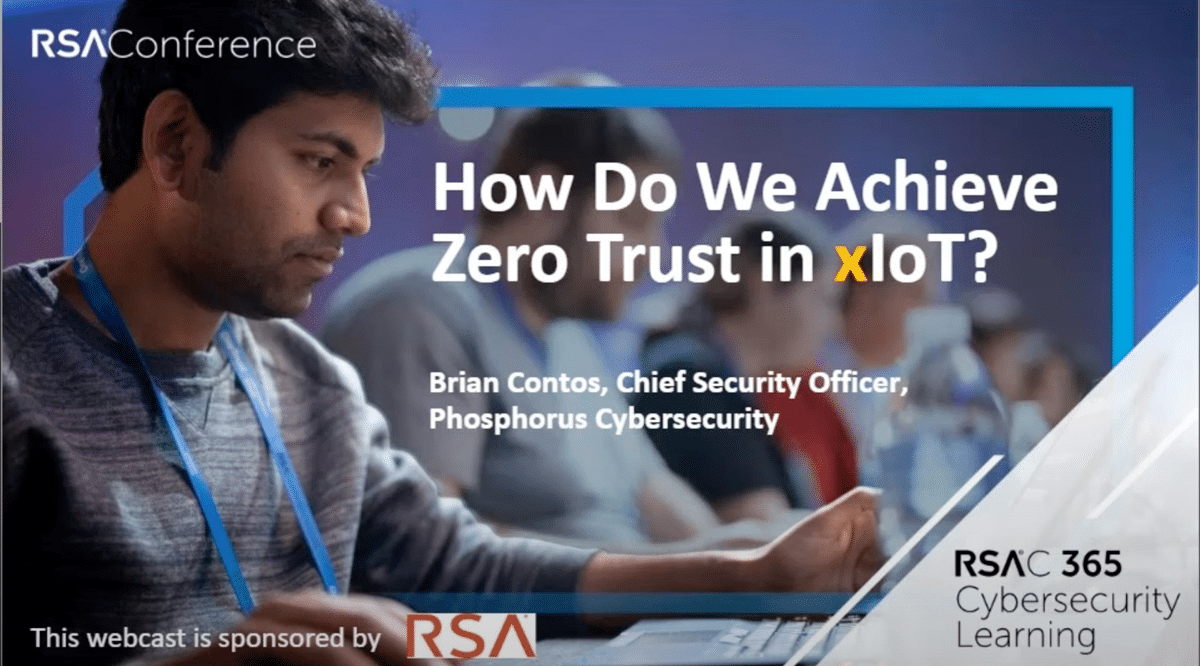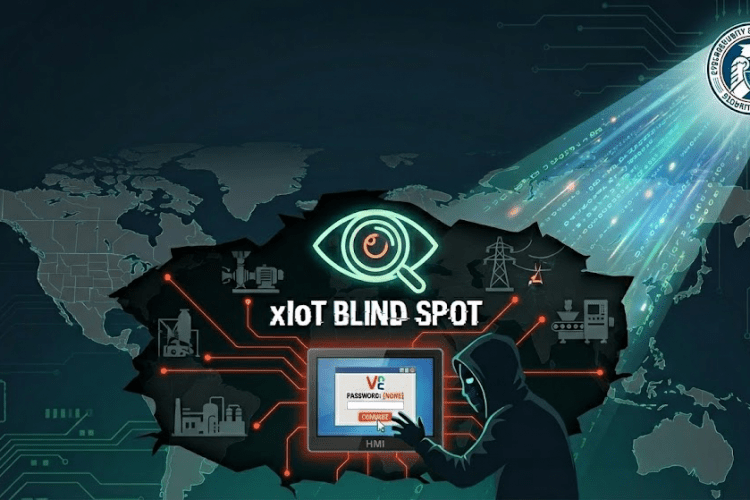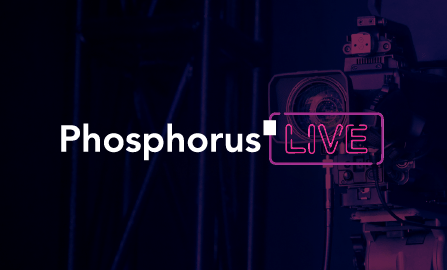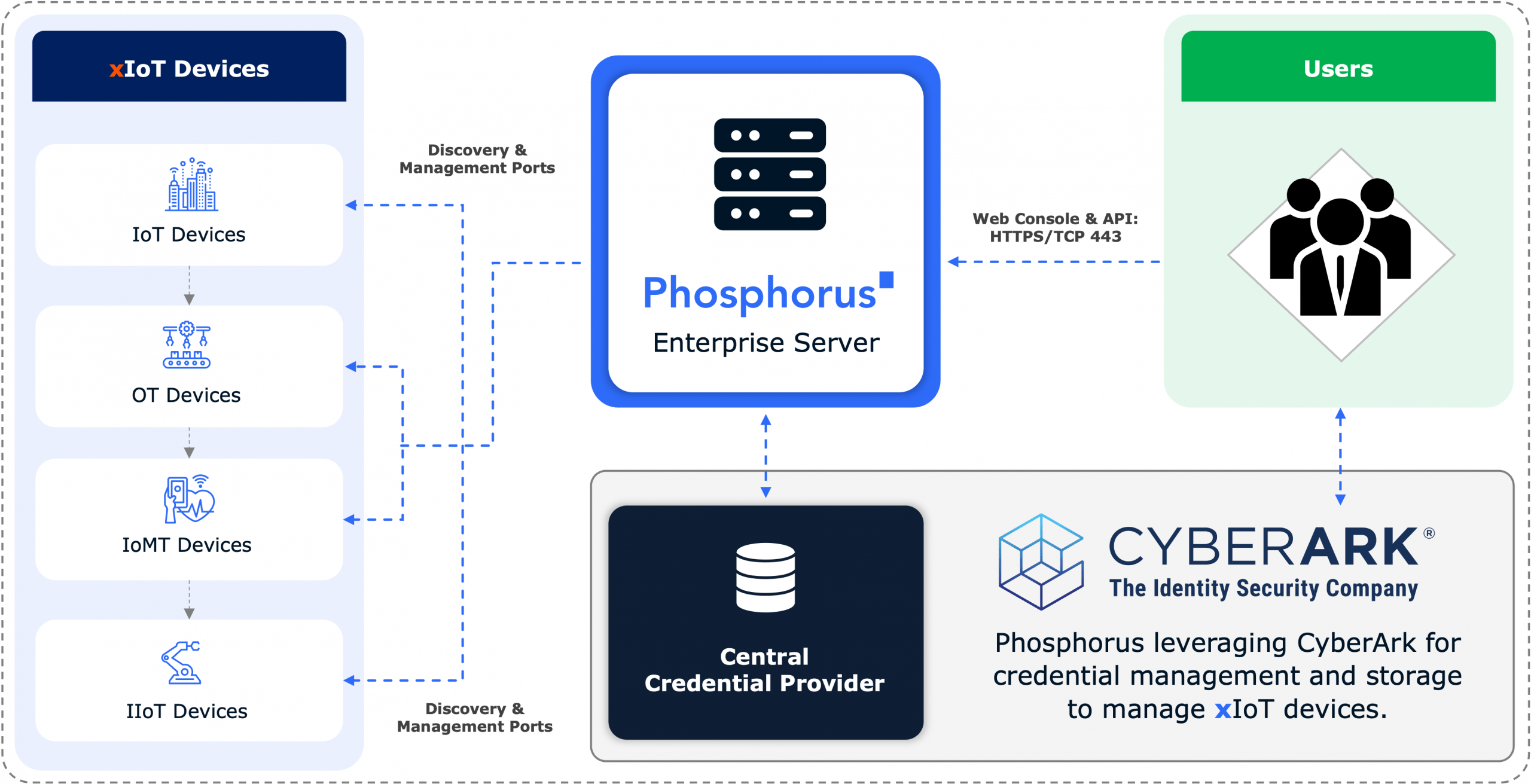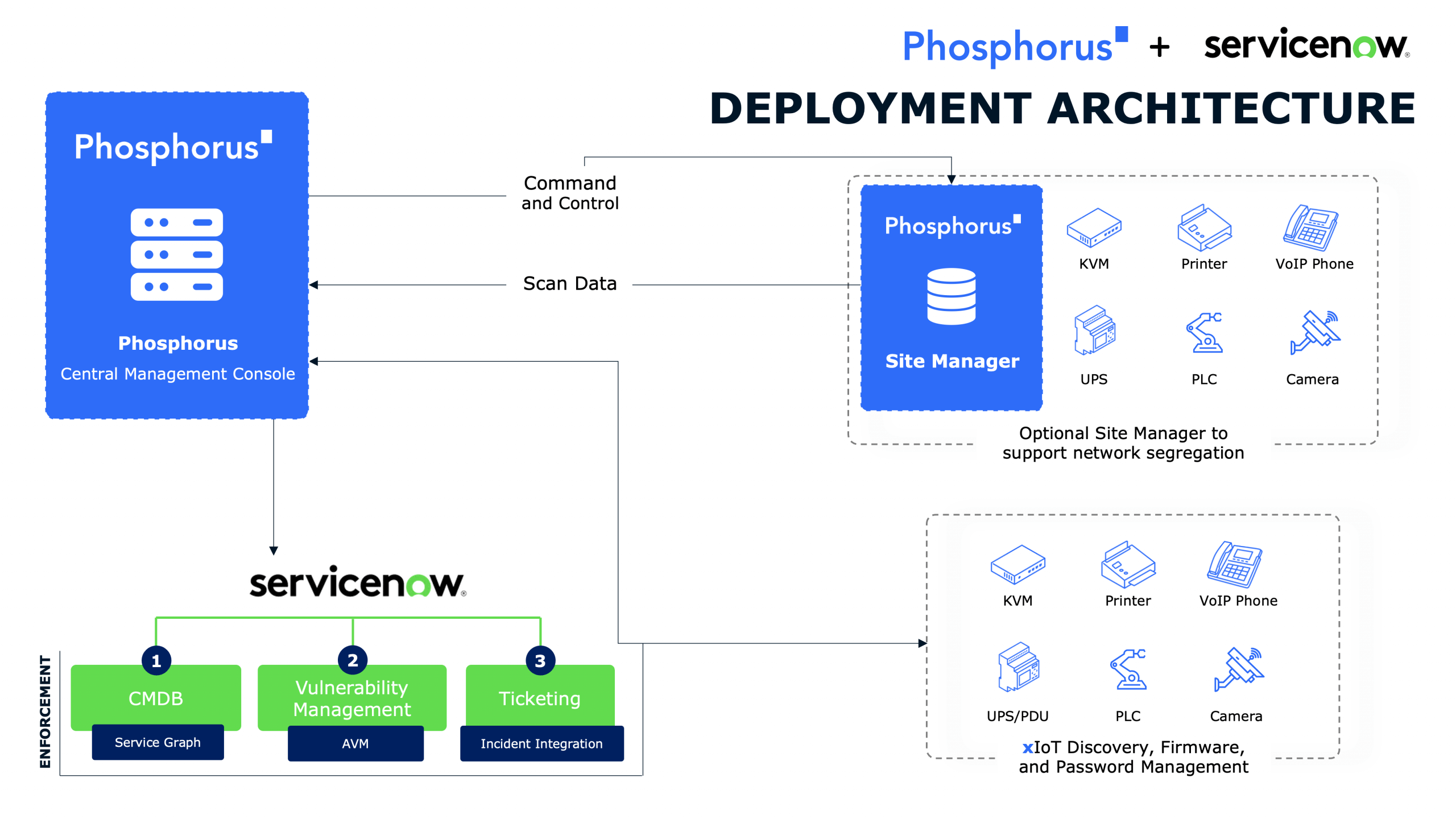
In October 2025, thieves stole eight priceless jewels from the Louvre Museum in under ten minutes. They climbed a balcony, broke a window, and vanished before guards could respond.
The investigation later revealed a critical failure: a nearby security camera was pointed the wrong way, and even worse, the password protecting the museum’s IP camera system was literally “LOUVRE.”
It’s the kind of facepalm moment that makes security pros everywhere wince. Yet, as absurd as it sounds, the museum’s cameras were actually more secure than most corporate IoT environments. Most organizations don’t even change their default passwords.
In fact, Phosphorus research shows that 70% of IoT devices use default credentials.
And the irony doesn’t stop there: while the Louvre had cameras to see intrusions, it didn’t have bars on the windows to physically stop intruders from breaking in. The same mistake plays out across the xIoT landscape every day; companies watch their devices, but don’t secure them.
It’s a vivid reminder that seeing your environment isn’t the same as securing it.
Ignoring xIoT Security Is Like Leaving a Window Open
Most organizations have hardened their traditional IT systems, but the extended Internet of Things (xIoT) remains a blind spot.
IP cameras, HVAC controllers, access control systems, and sensors often remain unmanaged, unmonitored, with default credentials, outdated firmware, expired certificates, and risky configurations.
At the Louvre, an unguarded window and possibly a weak password became the thieves’ entry points. In your organization, an IoT or OT device with weak or unchanged credentials can serve the same purpose; a small gap that leads to catastrophic loss.
Ignoring your xIoT attack surface means risking your own “crown jewels.”
Visibility Without Control Is Just Observation
The Louvre had visibility, cameras aimed (mostly) at the galleries, but they didn’t have control. There were no bars to stop the break-in, and the digital “locks” (passwords) were laughably weak.
In securing IoT and OT environments, too many organizations make the same mistake. They rely on passive discovery tools to “see” their IoT and OT devices, believing awareness equals protection. But visibility without action is just observation.
Real security requires putting bars on your digital windows:
- Change default or weak passwords — and rotate them regularly.
- Update vulnerable firmware to eliminate known exploits.
- Renew and update certificates to prevent trust failures.
- Manage device configuration drift to maintain hardened baselines.
Without these actions, you’re just recording the break-in, not stopping it.
An Unprotected Window or an Exposed Device: Both Lead to Loss
An unprotected window in a museum is no different from an unprotected device on your network; both grant access to your organization’s crown jewels. A single weak password or outdated firmware can undermine even the strongest defenses.
When 7 out of 10 IoT devices are still using their factory credentials, the odds aren’t in your favor.
Closing those entry points is essential before someone else takes advantage of them.
When 7 out of 10 IoT devices are still using their factory credentials, the odds aren’t in your favor.
Closing those entry points is essential before someone else takes advantage of them.
How Phosphorus Helps
At Phosphorus, we help organizations secure their entire xIoT environment, including unknown and unmanaged IoT and OT devices. Our platform delivers:
- Accurate asset visibility across every connected device.
- Risk-based assessment to prioritize and remediate high-impact vulnerabilities.
- Device hardening and remediation, like credential rotation, firmware management, certificate management, and configuration management.
- Continuous monitoring and control to keep your defenses aligned and your “bars” firmly in place.
The Takeaway (pun intended)
The Louvre heist illustrates how overlooked weaknesses, both physical and digital, can result in the loss of priceless assets.
The museum had cameras, but no bars on its windows. Similarly, most organizations “see” their xIoT devices but fail to secure them.
A single weak password like “LOUVRE” shouldn’t be all that stands between safety and loss.
In xIoT, misaligned cameras, default passwords, and unprotected “windows” are everywhere.
Seeing isn’t securing, and it’s time to fix the view before someone walks right in.
Schedule a demo to see how easily you can secure your xIoT environment.
Stay on top of xIoT news by signing up for our newsletter
Author
Phosphorus Cybersecurity
Phosphorus Cybersecurity® is the leading xTended Security of Things™ platform designed to find, fix, and monitor the rapidly growing and often unmonitored Things of the enterprise xIoT landscape.
Related Posts
CISA’s latest joint advisory exposes a trend security teams have long suspected: pro-Russian hacktivist...
Amazon Threat Intelligence has released new findings that should concern every organization operating connected...





